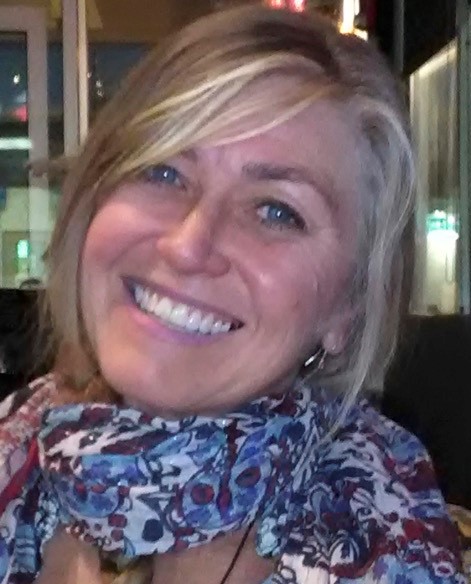
Many of us always assumed even great artists like Michelangelo lived a frugal, typical existence of the cliche starving artist. If the real story of Michelangelo had been common knowledge, solid funding for the arts might be more of a real budget line item for school districts.
While prevalent in pop culture now, the starving artist of the past is a myth.
Michelangelo, painter of the Sistine Chapel among so many other artworks, thrived financially. Although not easy to find this information, it was discovered in 1995 when professor Rab Hatfield of Syracuse University in Florence found his bank records. The famous painter had amassed a fortune equal to millions in today’s dollars.
If this had been our model for the life of an artist just think of how attitudes towards arts education might be different.
We have known for decades that arts education enhances critical thinking skills and provides opportunities for students to initiate and then follow through with their own ideas. This, in turn, can boost confidence and self-esteem. When employed during the study of other subjects, art can help broaden perspectives of content. In collaborative classes like band, students grow in cooperation and communication skills and develop prosocial behaviors.
Despite all of this, and the hopeful evolution of the term “creative class,” support for arts education continues to struggle. I have followed this struggle throughout my years as a teacher and, in preparation for writing this article, dug into my own files of articles that justified including the arts as a regular subject of curriculum in our schools. Sadly, the articles I collected from the 1990’s lamented the same message as today: little support and no budget.
Arts education is on an even more precarious trajectory during the uncertain times of the pandemic. But the benefits have never been so clear with many students being sequestered remotely and showing signs of depression. Involvement in art and music classes has provided positive ways for kids to process tough emotions.
During a recent episode of NPR’s “1A”, I heard some teachers and students share how being involved in their music classes was helping them stay connected during the pandemic. Samantha Reid, a middle school band teacher from Nashville, Tennessee, sat in on her students’ other remote classes. Often, students were expected to mute themselves and only listen during class. This observation inspired her to become innovative with her online curriculum, encouraging students to stand up during class, clap, sing, and play out. She spoke about “magical moments” offered when playing instruments together, even over Zoom, and that working on a common goal provided a sense of community. “Engaging in music involves many senses and gets us up out of our chairs at a time when we really need it,” she offered.
Making arts education a priority became part of the Every Student Succeeds Act in 2015, but because funding trickles from federal sources often to needy local levels, actual implementation of arts programs doesn’t always happen. Access to the arts has become like a lot of things, dependent on demographic area. Children in higher income neighborhoods often have parents who will pay for music education outside of school.
Katie Taft, Education Manager at the Center for Visual Art at Metropolitan State University in Denver runs a paid art internship program for high schoolers that defies those stereotypes. Students who are interested in the program apply by writing an essay. Participants come from all over the metro area, representing diverse backgrounds. Katie shared that the students’ involvement this year, even remotely, was critical in providing avenues to develop resiliency and “therapy-like” communication skills through art. The program also offers an opportunity for much needed socialization. The internship is an example of a grant-based arts program offered in Colorado. For information about more such programs see:
https://www.cde.state.co.us/coarts/artsguidebook-2nd-ed.
In education circles, we call it “fighting the good fight.” Standing up for and supporting the methods we believe help kids the best. Arts in education is definitely part of that fight and the best thing we can do is inquire about it and take action for our own children, whether that be researching funds for your own school or going outside of the district to find affordable programs for your student. It is frustrating for it to be such a challenge, but it is worth the benefits!
Jill Carstens is a proud Denver native, a passionate mom and a teacher her entire adult life! She picked North Denver as her home base in 1997, and has run Milestones Preschool here since 2011. If you have ideas for an article or further questions for Miss Jill, you can email her at Jill@DenverNorthStar.com

Be the first to comment